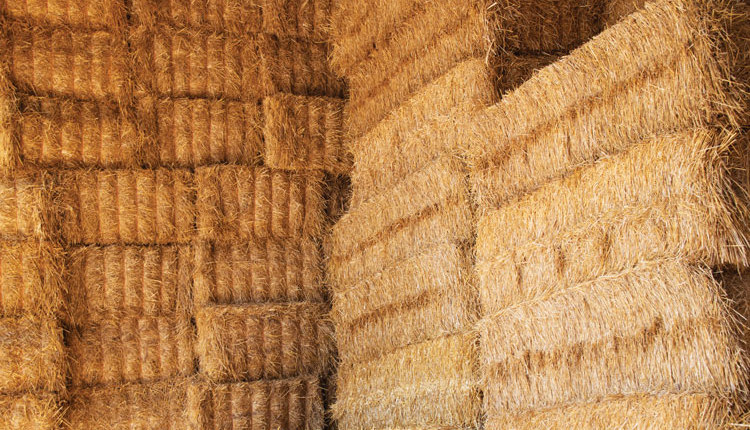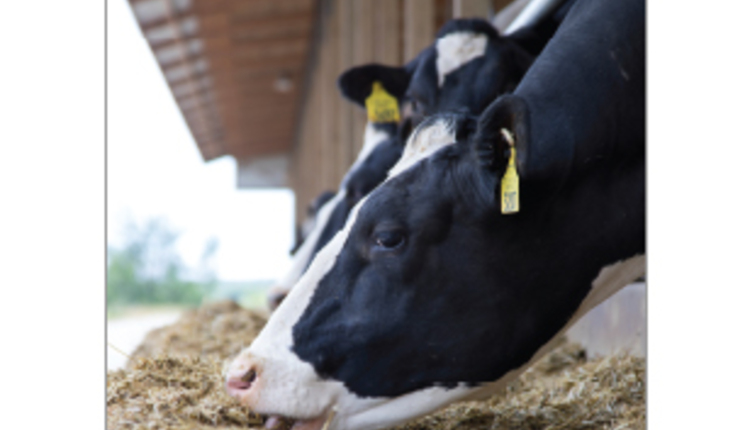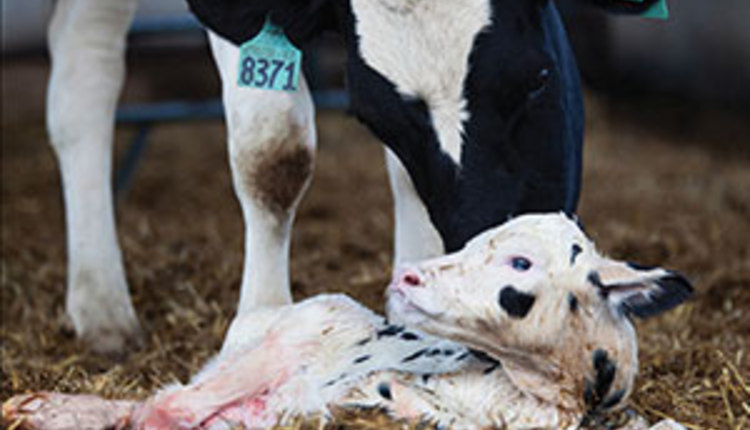by Mike Hutjens
Chapter 3 Electronic computer controlled feeders
Management of ECCF; Economics of ECCF.
Chapter 4 Total Mixed Rations
Advantages; Disadvantages
Chapter 5 TMR feeding systems and equipment
Types of mixers; Scales; Conveying equipment
Chapter 6 Feed storage
Types of feed storage concentrates; Storing silage; Storage costs; Herd size factors; Forage quality; Feed delivery system
Chapter 7 Feed bunk management with TMR
When is a feed bunk empty? How much weighback? Has sorting occurred? How often should TMR be fed? Feed bunk surface; How uniform should the TMR be? Use of marker or tracer feeds; Do lock-ups limit dry matter intake? Use of a feed logbook; Bunk scoring; How much feed bunk space? Mycotoxins; Mixer limits.
Chapter 8 TMRs for growing heifers
Heifer rations; Bunk design and water availability.
Chapter 9 Pasture based feeding systems
Dry matter intake; Supplemental energy; Supplemental protein; Mineral needs.
Chapter 10 Water as part of the ration
Water location; Water must be clean; Managing water.
Chapter 11 Building rations
Calculating nutrient requirements; Selecting available feeds; Balancing rations.
SPECIAL SECTION ON TMR GROUPING
Similar products: Feeding Guide, Advanced Dairy Nutrition CD, Forage Management for Dairy, Feed By-Product Listing and Quiz
Focus is all types of feeding systems, their practicality for different herd sizes and economics, from grain feeding to TMRs; also feed storage, feed bunk management.
Chapter 1 Feeding systems and cow factors
Optimizing rumen fermentation; Managing dry matter intake; Feed selection.
Chapter 2 Component grain feeding systems
Parlor concentrate feeding system; Concentrate with forage system; Magnetic or free choice concentrate feeder; Pasture-based feeding systems.
Parlor concentrate feeding system; Concentrate with forage system; Magnetic or free choice concentrate feeder; Pasture-based feeding systems.
Chapter 3 Electronic computer controlled feeders
Management of ECCF; Economics of ECCF.
Chapter 4 Total Mixed Rations
Advantages; Disadvantages
Chapter 5 TMR feeding systems and equipment
Types of mixers; Scales; Conveying equipment
Chapter 6 Feed storage
Types of feed storage concentrates; Storing silage; Storage costs; Herd size factors; Forage quality; Feed delivery system
Chapter 7 Feed bunk management with TMR
When is a feed bunk empty? How much weighback? Has sorting occurred? How often should TMR be fed? Feed bunk surface; How uniform should the TMR be? Use of marker or tracer feeds; Do lock-ups limit dry matter intake? Use of a feed logbook; Bunk scoring; How much feed bunk space? Mycotoxins; Mixer limits.
Chapter 8 TMRs for growing heifers
Heifer rations; Bunk design and water availability.
Chapter 9 Pasture based feeding systems
Dry matter intake; Supplemental energy; Supplemental protein; Mineral needs.
Chapter 10 Water as part of the ration
Water location; Water must be clean; Managing water.
Chapter 11 Building rations
Calculating nutrient requirements; Selecting available feeds; Balancing rations.
SPECIAL SECTION ON TMR GROUPING
Book details:
56 pages
Softcover
Full color
ISBN: 0-932147-35-6
Copyright 2001
Similar products: Feeding Guide, Advanced Dairy Nutrition CD, Forage Management for Dairy, Feed By-Product Listing and Quiz










